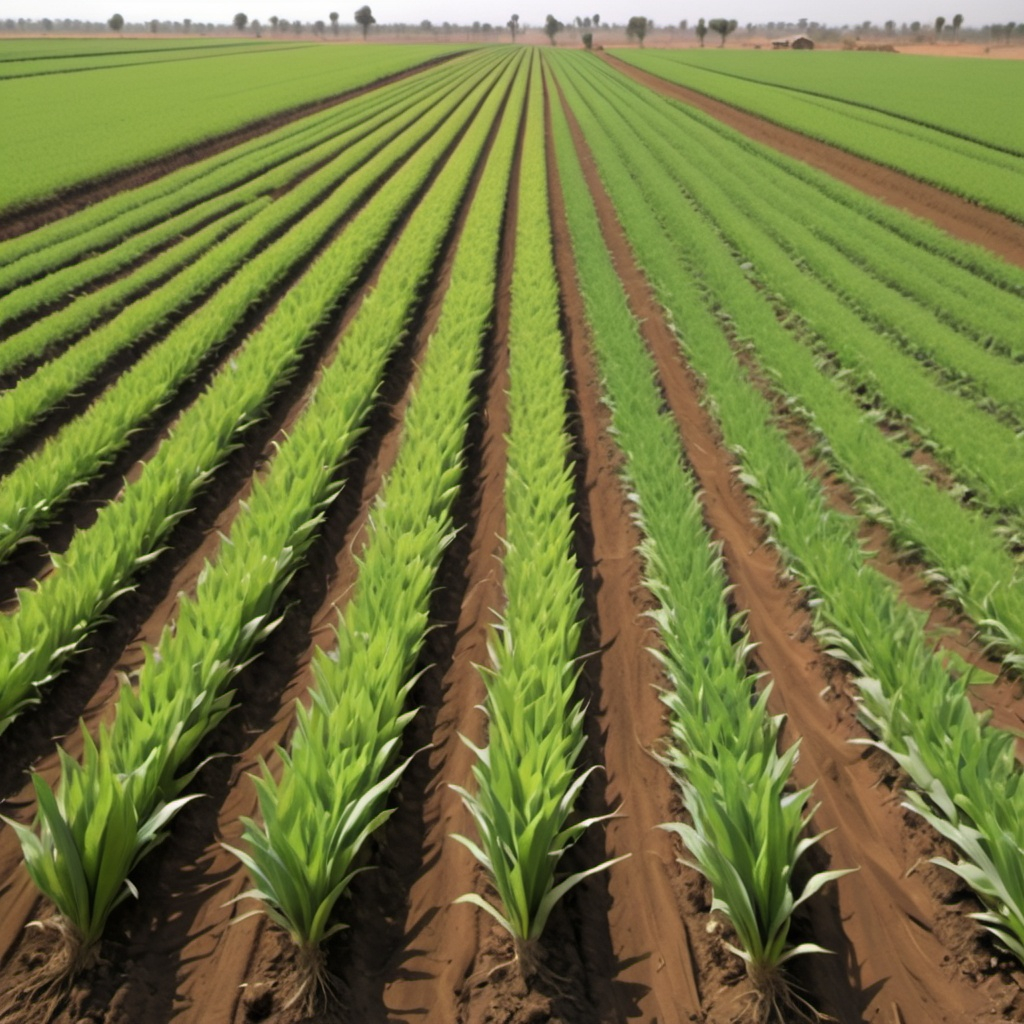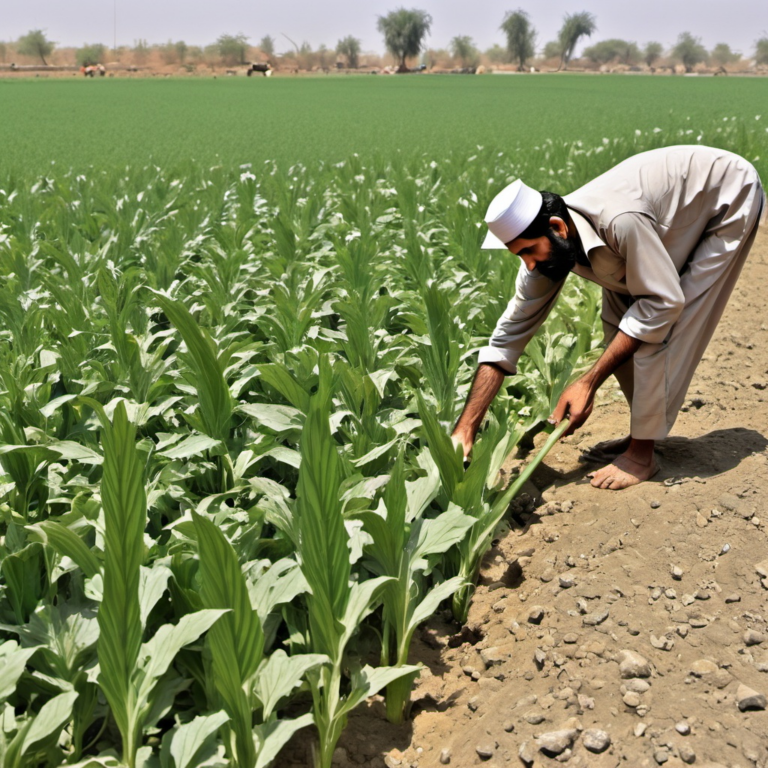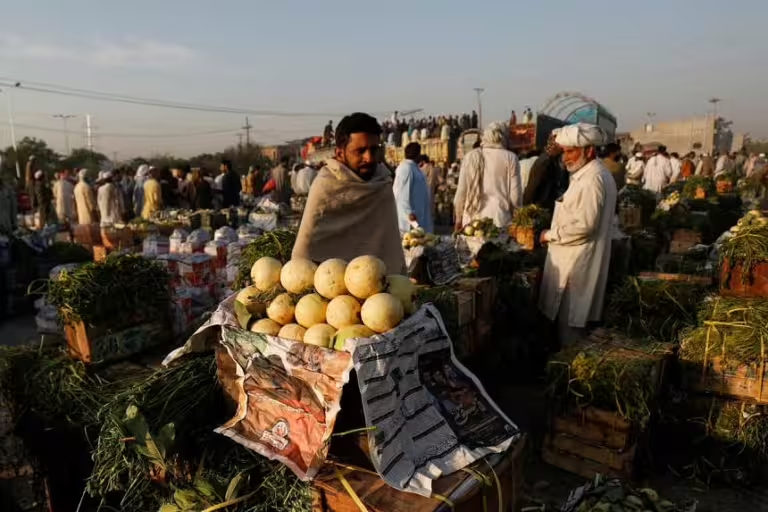Intervention Strategies for Addressing Depletion of Crop Varieties
The depletion of crop varieties is an alarming issue that threatens global food security, biodiversity, and sustainable agriculture. This phenomenon, also known as “genetic erosion,” refers to the loss of plant species and genetic diversity, often driven by monoculture farming, climate change, and industrialized agricultural practices. As more farmers focus on high-yield crops, traditional varieties and their unique genetic traits risk being lost. Addressing this challenge requires multifaceted intervention strategies that encompass conservation, policy development, education, and technological innovation.
1. Conservation of Genetic Resources
One of the primary strategies to combat the depletion of crop varieties is the conservation of plant genetic resources. This can be achieved through two main approaches: in situ and ex situ conservation.
- In situ conservation involves preserving crop varieties in their natural habitats, such as traditional farming systems. This method allows crops to evolve in response to environmental changes, ensuring they maintain resilience against pests, diseases, and climate variability.
- Ex situ conservation includes the establishment of gene banks, seed vaults, and botanical gardens, where plant varieties can be stored and preserved. The Svalbard Global Seed Vault in Norway is a well-known example, safeguarding millions of seeds from around the world to ensure that endangered varieties are available for future cultivation.
2. Promotion of Agro-Biodiversity
Agro-biodiversity focuses on enhancing the variety of species and ecosystems in agricultural landscapes. Farmers should be encouraged to adopt diverse cropping systems, including polycultures and crop rotation, which help to reduce dependency on a single crop and improve soil health. Incentivizing the use of indigenous and heirloom crop varieties can also boost biodiversity. These traditional varieties often possess valuable traits, such as drought tolerance and disease resistance, making them more adaptable to changing climates.
Supporting local seed exchanges and community-based seed banks can also empower farmers to share and preserve diverse varieties. NGOs and government agencies can play a key role in promoting these initiatives and providing financial support for smallholder farmers who practice sustainable, biodiverse farming.
3. Policy Interventions and Legal Frameworks
National governments and international organizations need to implement strong policies and legal frameworks to protect crop varieties. This includes ensuring that intellectual property rights, such as patents and plant breeders’ rights, do not limit farmers’ access to diverse seeds. Farmers’ Rights, as outlined by the International Treaty on Plant Genetic Resources for Food and Agriculture (ITPGRFA), should be respected, allowing farmers to save, exchange, and breed their own seeds.
Furthermore, governments should invest in agricultural research and development to identify and promote the use of underutilized crops. These “orphan crops” are often neglected by industrial agriculture but are vital for local food security and ecological balance.
4. Educational and Technological Interventions
Raising awareness among farmers, policymakers, and the public about the importance of crop diversity is crucial. Extension services and agricultural training programs can equip farmers with knowledge on sustainable practices, agroecology, and the use of diverse crop varieties. Educational campaigns can also focus on the benefits of consuming and cultivating diverse crops for health, nutrition, and environmental sustainability.
In terms of technology, biotechnological advancements, such as gene editing and marker-assisted selection, can be used to enhance the desirable traits of underutilized or threatened crop varieties. However, these technologies must be applied ethically, with a focus on preserving biodiversity rather than promoting homogenization.
5. Collaboration and Global Partnerships
Addressing the depletion of crop varieties requires collaboration between governments, research institutions, NGOs, and farmers. Global partnerships can facilitate the exchange of knowledge, resources, and best practices. International platforms like the Convention on Biological Diversity (CBD) and the Food and Agriculture Organization (FAO) are crucial in coordinating global efforts to protect crop diversity.
The depletion of crop varieties is a significant threat to food security and environmental sustainability. By implementing a combination of conservation strategies, promoting agro-biodiversity, developing supportive policies, and harnessing technological and educational tools, we can ensure the preservation of diverse crop varieties for future generations. Global cooperation and grassroots action are essential to safeguarding the world’s agricultural heritage.







